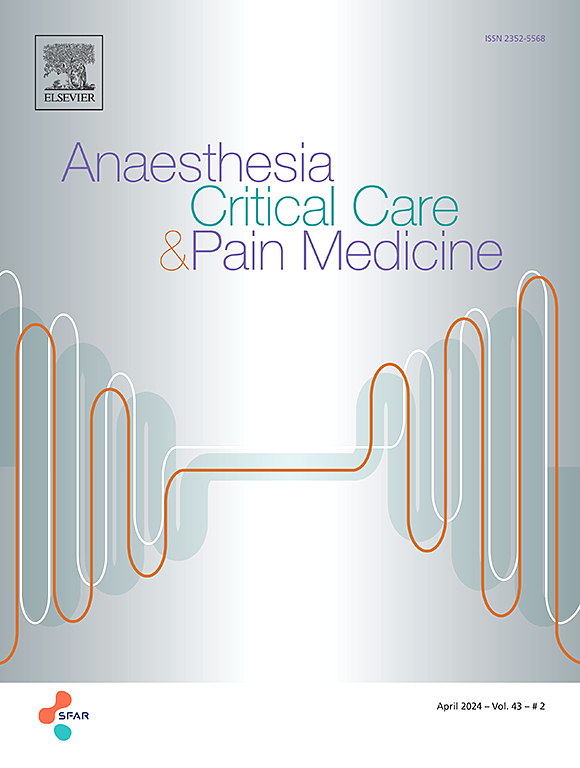人工智能在气道管理中的应用:系统综述和荟萃分析。
IF 4.7
3区 医学
Q1 ANESTHESIOLOGY
引用次数: 0
摘要
背景:气道管理是麻醉护理的基石。气道困难的并发症对病人来说通常是致命的。人工智能(AI)在提高临床医生在各种环境中的表现方面显示出了有希望的结果。因此,我们旨在总结目前使用人工智能模型预测气道困难的证据。方法:我们检索了PubMed和Science Direct两个数据库,检索到2025年3月之前发表的所有相关文章。然后利用统计软件R版本4.4.2对受试者工作曲线下面积(AUROC)进行meta分析,以确定最佳模型。结果:经过合格性评估,13项研究符合纳入标准,纳入本综述。只有两项研究为急诊科患者建立了模型,其余11项研究为全身麻醉下接受不同手术的患者建立了模型。对困难气道具有最佳判别能力的深度学习模型为VGG (AUC 0.84;95% ci [0.83, 0.84] i2 = 0%)。对于传统的机器学习模型,对困难气道有较好判别能力的包括SVM (AUC为0.80;95% CI [0.65, 0.96] I2 = 99.7%)和NB (AUC 0.81;95% ci [0.51, 1.10] i2 = 99.3%)。结论:我们的研究发现,虽然部分AI模型对困难气道具有较好的判别能力(AUC≥0.80),但大多数AI模型的判别能力AUC仅为中等水平本文章由计算机程序翻译,如有差异,请以英文原文为准。
Artificial intelligence in airway management: A systematic review and meta-analysis
Background
Airway management is the cornerstone of anesthesia care. Complications of difficult airways are usually fatal to patients. Artificial intelligence (AI) has shown promising results in enhancing clinicians' performance in various settings. We therefore aimed to summarize the current evidence on the use of AI models in the prediction of a difficult airway.
Methods
We searched two databases, PubMed and Science Direct, for all relevant articles published until March 2025. Statistical software R version 4.4.2 was then utilized to meta-analyze the area under receiver operating curves (AUROC) to identify the best-performing models.
Results
After the eligibility assessment, 13 studies met the inclusion criteria and were thus included in the review. Only two studies developed models for patients in the ED, and the remaining 11 studies developed models for patients undergoing different surgeries under general anesthesia. The deep learning model with the best discriminative ability for difficult airways was VGG (AUC 0.84; 95% CI [0.83, 0.84] I2 = 0%). For the traditional machine learning models, those with good discriminative ability for difficult airways included SVM (AUC 0.80; 95% CI [0.65, 0.96] I2 = 99.7%) and NB (AUC 0.81; 95% CI [0.51, 1.10] I2 = 99.3%).
Conclusions
Our study found that while some AI models have good discriminative ability (AUC ≥ 0.80) for difficult airways, most of them have just average discriminative ability AUC < 0.80. This, therefore, indicates a need to develop models with better discriminative ability and to validate the developed models.
求助全文
通过发布文献求助,成功后即可免费获取论文全文。
去求助
来源期刊

Anaesthesia Critical Care & Pain Medicine
ANESTHESIOLOGY-
CiteScore
6.70
自引率
5.50%
发文量
150
审稿时长
18 days
期刊介绍:
Anaesthesia, Critical Care & Pain Medicine (formerly Annales Françaises d''Anesthésie et de Réanimation) publishes in English the highest quality original material, both scientific and clinical, on all aspects of anaesthesia, critical care & pain medicine.
 求助内容:
求助内容: 应助结果提醒方式:
应助结果提醒方式:


